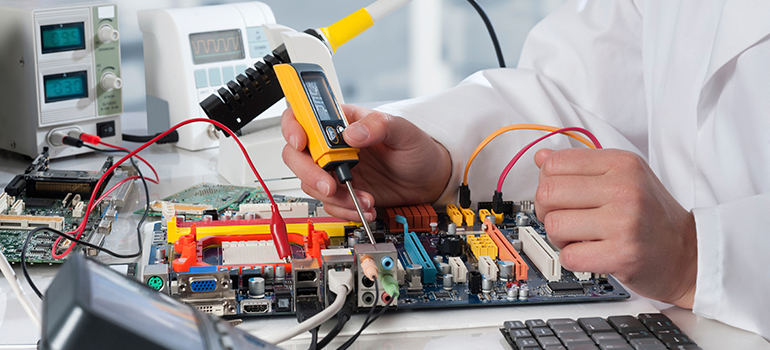Lithium-Based Batteries – What Every Manufacturer Should Know (Part 3)
08 December 2011
There are several common factors that manufacturers should be aware of from a safety standpoint when using lithium batteries. Some of the most common causes of battery faults originating from the user or application include: external short circuit of the battery; excessive discharge or charge current; pole reversal, i.e. discharge of a cell below 0V; charging primary batteries; and incorrect or insufficient charge control of chargeable batteries.
Today, this blog will explore the first two common factors: external short circuits and excessive discharge or charge current.
External short circuit
When battery poles are short circuited, the high short circuit current leads to generation of a lot of heat in the cell. The most efficient way of preventing this from happening is to employ smart battery design that ensures that the + and - poles are physically isolated from each other, by countersinking them into the battery casing and designing them in such a way that it is not possible to connect the battery incorrectly. In certain cases, it may be necessary to integrate further forms of protection in the form of a fuse, or a PTC (Positive Temperature Coefficient) component, which breaks the electrical circuit if the current or the temperature begins to run away. Certain cell manufacturers integrate PTCs in their cells.
It is also important to be aware of the risk of a short circuit when transporting individual cells or batteries. The rules that exist for packaging lithium cells and batteries, with or without equipment, are intended to prevent accidents from accidental short circuits.
Excessive current
If the current is too high, the battery typically will be unable to handle the charge current. When this happens, some of the energy actually results in an overheating effect and can lead to other chemical reactions. These other chemical reactions can increase the risk of venting and, in the worst-case scenario, uncontrolled cell reactions and thermal runaway.
For more information about battery testing, please visit https://www.intertek.com/energy-storage/
Is there a particular subject that your organization would like to learn more about? Or would you like to speak with one of our medical device experts about one of the topics that this blog has covered in past months? If so, please leave a comment below and one our experts will respond.


